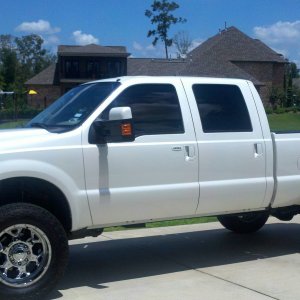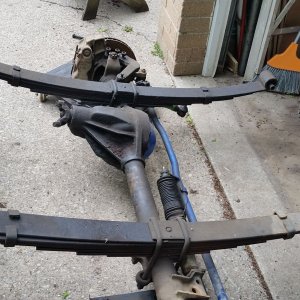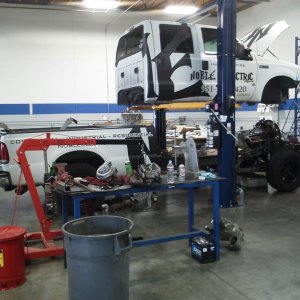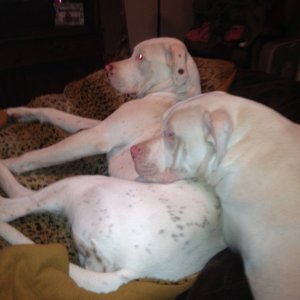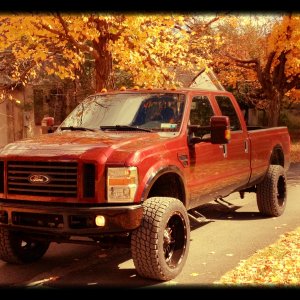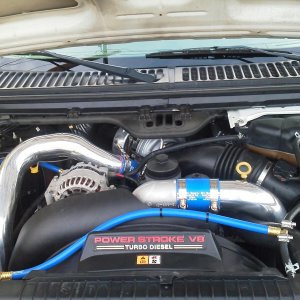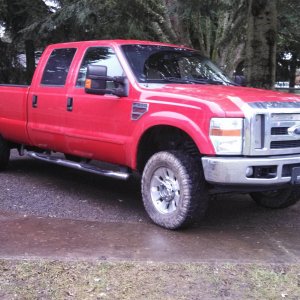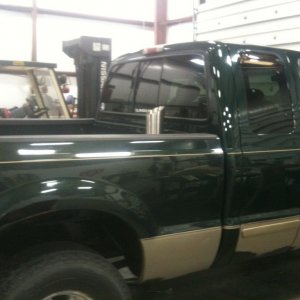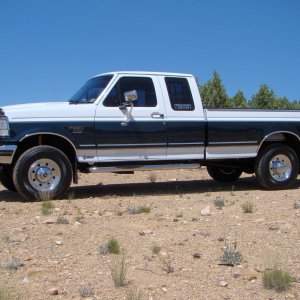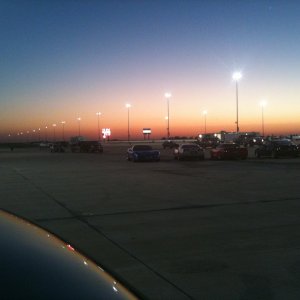That's an interesting set up with the surge tank. That's basically how the holly pump works, is a big void in the housing and twin pumps inside. That's is also the reason i think it's so quiet.
May I ask why you returned the fuel to the surge tank and not the fuel tank? I know that is how a factory set up on a fuel bowl is, just would think that the low pressure pump may mess with the regulator seeing pressure on the return side unless you have a foot valve in there.
Look carefully at the diagram. You see how the sump has a line that returns to the tank? Be cause of that the sump itself is always at zero pressure.
While I have stated it as a "sump" which it does act in that capacity in part its more than that. Technically it would be more correctly stated as a "Surge Tank"
Also you want the surge tank to be zero pressure, neither positive or negative pressure. There are a number of reasons for this but what that means is no matter what you have to have a return to the main tank from the sump to handle any flow volume differences between pumps. As you always want the lift pump to flow at a high volume rate than the HP primary pump for obvious reasons.i.e running the surge tank dry.
With the fuel returning to the surge tank there are a number of benefits. First it keeps fuel going to the engine as a more consistent temperature. (do not forget I am running a fuel cooler as well and with the size of the V10 trans cooler its works very well LOL)
Having it return to the surge tank increases the total volume of fuel coming into the sump thus ensuring the pump is getting all the fuel possible even in very low fuel situations in the tank itself or say in a situation where there was some sort of issue with the lift pump (at least for a period depending on the nature of the issue).
As an example: Say my pickup gets uncovered because I am running below 1/8 of tank (I have a X and they do not seem to have the same sloshing issues the truck side tanks have at low fuel levels.) But this also helps during offroading. If I am at a very steep angle etc where the pickup might get uncovered for a few seconds I still have plenty of fuel there coming into the sump.
Surge Tanks are not that uncommon in the gasser/alcohol rice racer world.
While I could make it better in terms of this next effect it still works well. With the way I have the fuel and orientation of the pump pickup ( at the very bottom) to the fuel inlets in the sump. It allows for decent air separator. The foamy bubble filled fuel stays and or rises to the top thus being pushed out to the main tank while the pump is getting fuel with the least amount of air from the very bottom of the surge tank.
The fuel cooler is something I think people do not give enough thought to. Tom S is one of the few that has added a fuel cooler a couple years ago when he did his full fuel system build sometime in 2012 IIRC. (I still drool over how clean and sharp he keeps his truck. I swear you would think it never touched the road ever) I have had this system running is 2011.
Here is the original thread I posted it in. It likely might have any info you may have questions about. It also gives more detailed pics of everything etc. In case you or anyone was interested Maybe it might help generate some ideas for someone now or down the road:shrug:
Fuel System With A Different Twist Installed
I had hope a side benefit of putting up the info and design even if it was just messy chicken scratch drawings was that it might spur thought for out of the box thinking when it comes to designing and trying to improve our dated engines and diesel systems as a whole. To me I think there is nothing more satisfy in this kind of work than when you are able to run parts/systems you design and build yourself.
I have found the 044 to work very well and talking in depth with a few of the Bosch tech guys have to say I am very impressed with the kind of designs they use and the work that goes into there pump design and parts. In the surge tank I can only hear the small tiny carter pump that is how quiet it is even with the engine off and key on. With it running you can not hear anything.
I think it addresses all the issues possible while still using a electric primary pump setup.
Only thing I could do is add an real air separation function to the water separation assembly. The main separation of systems such as the AD or FASS is from the pressure difference and barrier created by the filter. Simply drilling a hole and then setting a orifice in it to limit flow in the filter mount on the outer section of the filter before it pass thru the media. Have that routed back to the tank of fill tube and it works almost identical to the FASS and the first stage of the AD.
Basically anyone could create something with the effect of the AD1 first stage of a lift pump style of a FASS with a fuel filter mount and lift pump such as the carter. Actually the lift pump could even be dropped. Mount, 2 mic Donaldson filter, hose, fittings would be under $100
If you are looking for the most reliable fuel pump I would look at a shaft powered pump that could be belt or direct drive powered. Mount in the lower alt location or mount to the HPOP drive shaft thru the inspection/bolt access port. A check valve to keep pressure to the pump on engine start or run a small lift pump like the carter or other durable HV LP pump near the tank that allows for flow thru even if the pump dies. To me that would likley represent the most durable reliable fuel pump setup that could be made to pump any fuel volume at any possible pressure needed. Its basically a PS pump.

